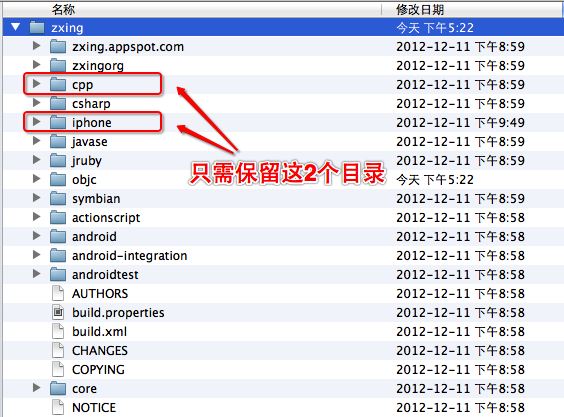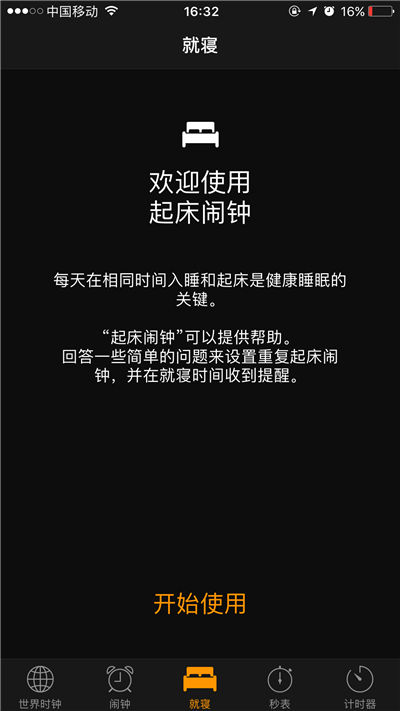怎樣處理iOS 5與iOS 6的 low
移動設備終端的內存極為有限,應用程序必須做好low-memory處理工作,才能避免程序因內存使用過大而崩潰。
low-memory 處理思路
通常一個應用程序會包含多個view controllers,當從view跳轉到另一個view時,之前的view只是不可見狀態,並不會立即被清理掉,而是保存在內存中,以便下一次的快速顯現。但是如果應用程序接收到系統發出的low-memory warning,我們就不得不把當前不可見狀態下的views清理掉,騰出更多的可使用內存;當前可見的view controller也要合理釋放掉一些緩存數據,圖片資源和一些不是正在使用的資源,以避免應用程序崩潰。
思路是這樣,具體的實施根據系統版本不同而略有差異,本文將詳細說明一下iOS 5與iOS 6的low-memory處理。
iOS 5 的處理
在iOS 6 之前,如果應用程序接收到了low-memory警告,當前不可見的view controllers會接收到viewDidUnload消息(也可以理解為自動調用viewDidUnload方法),所以我們需要在 viewDidUnload 方法中釋放掉所有 outlets ,以及可再次創建的資源。當前可見的view controller 通過didReceiveMemoryWarning 合理釋放資源,具體見代碼注釋。
舉一個簡單的例子,有這樣一個view controller:
@interface MyViewController : UIViewController {
NSArray *dataArray;
}
@property (nonatomic, strong) IBOutlet UITableView *tableView;
@end
對應的處理則為:
#pragma mark -
#pragma mark Memory management
- (void)didReceiveMemoryWarning {
// Releases the view if it doesn't have a superview.
[super didReceiveMemoryWarning];
// Relinquish ownership any cached data, images, etc that aren't in use.
}
- (void)viewDidUnload {
// Relinquish ownership of anything that can be recreated in viewDidLoad or on demand.
// For example: self.myOutlet = nil;
self.tableView = nil;
dataArray = nil;
[super viewDidUnload];
}
iOS 6 的處理
iOS 6 廢棄了viewDidUnload方法,這就意味著一切需要我們自己在didReceiveMemoryWarning中操作。
具體應該怎麼做呢?
1.將 outlets 置為 weak
當view dealloc時,沒有人握著任何一個指向subviews的強引用,那麼subviews實例變量將會自動置空。
@property (nonatomic, weak) IBOutlet UITableView *tableView;
2.在didReceiveMemoryWarning中將緩存數據置空
#pragma mark -
#pragma mark Memory management
- (void)didReceiveMemoryWarning
{
[super didReceiveMemoryWarning];
// Dispose of any resources that can be recreated.
dataArray = nil;
}
不要忘記一點,每當tableview reload 的時候,需要判斷一下 dataArray ,若為空則重新創建。
兼容iOS 5 與 iOS 6
好吧,重點來了,倘若希望程序兼容iOS 5 與 iOS 6怎麼辦呢? 這裡有一個小技巧,我們需要對didReceiveMemoryWarning 做一些手腳:
#pragma mark -
#pragma mark Memory management
- (void)didReceiveMemoryWarning
{
[super didReceiveMemoryWarning];
if ([self isViewLoaded] && self.view.window == nil) {
self.view = nil;
}
dataArray = nil;
}
判斷一下view是否是window的一部分,如果不是,那麼可以放心的將self.view 置為空,以換取更多可用內存。
這樣會是什麼現象呢?假如,從view controller A 跳轉到 view controller B ,然後模擬low-memory警告,此時,view controller A 將會執行self.view = nil ; 當我們從 B 退回 A 時, A 會重新調用一次 viewDidLoad ,此時數據全部重新創建,簡單兼容無壓力~~
- iOS9與XCode7中不克不及應用http銜接的疾速處理方法
- IOS開辟中鍵盤輸出屏幕上移的處理辦法
- xcode8 封閉掌握台不打印不信息的處理辦法(圖文詳解)
- iOS中處理Xcode 8掌握台亂碼的方法
- IOS 的彈性轉動處理計劃
- xcode8提交ipa掉敗沒法構建版本成績的處理計劃
- Xcode 8打印log日記的成績小結及處理辦法
- iOS中關於模塊化開辟處理計劃(純干貨)
- iOS中Xcode 8 日記輸入亂碼成績的處理辦法
- 處理Xcode8打包上傳構建版本有效的方法
- IOS10 處理權限瓦解成績詳解
- Xcode8下iOS10罕見報錯閃退,字體適配和編譯不外的成績及處理計劃
- iOS10適配成績及處理辦法 新穎出爐!
- IOS裝備上給body綁定click事宜不失效的緣由及處理方法
- 應用iOS推送時正告毛病的處理辦法




